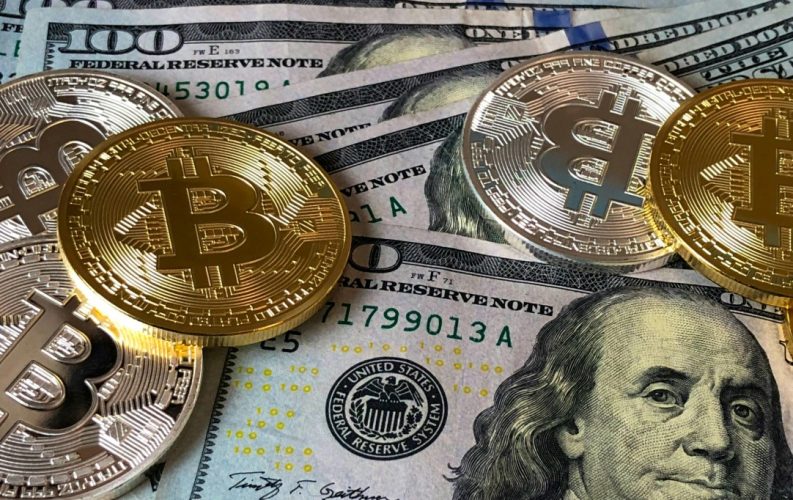
Most folks wade into crypto expecting fireworks, only to find fog. The headlines shout about overnight millionaires, while the disclaimers, printed small, hint at losses that keep bankers in stiff collars up at night. In truth, the whole thing is part Wild West, part white‑paper‑wearing pitch, and part slow grind of real builders trying to fix problems the world barely knows it has.
Hype is cheap, but real projects cost sweat. Somewhere between the loud YouTube thumbnail that promises 10x gains and the blog post that sounds like a Ph.D. thesis, you’ll find what matters. Many newcomers look first to a reputable exchange like Binance.com, drawn in by the familiar name rather than blind chance, and that’s a good instinct. But even then, it pays to step back, squint a little, and see what lies under the glossy logo.
Read the white paper, but don’t read it like gospel
The white paper is supposed to be the bones of the project, the plan before the pitch. The trouble is, some are written to be impenetrable on purpose. Thick jargon, tidy graphs, and confident language don’t make something true. Read it like you’re hunting for what it doesn’t say.
Ask yourself plain questions. What real problem is this supposed to fix? Who would use it and why? Does it need to exist on the blockchain at all, or does it just sound modern? If the answers are only buried in buzzwords, move on. Remember, a real plan can be explained to your uncle over coffee, not just to a roomful of tech investors.
Look up the team like they owe you money
Behind every token lies a handful of people who decided the world needs it. Check who they are, what they’ve built before, and whether those things still stand. Search for interviews, podcasts, and even low‑budget panels. If the founders appear only at conferences in designer hoodies, speaking fluent jargon but dodging real questions, be suspicious.
And don’t be fooled by a fancy title or a staged photo. True builders often have failures behind them, but failures they own. Look for patterns. Serial creators who keep shipping projects, not serial hype merchants who vanish as fast as the last pump.
Check liquidity and volume before you brag to your friends
Liquidity sounds like finance‑bro lingo, but it really just means: if you want to sell, can you? A token with thousands of holders but only a trickle of daily trades can trap you when you most want out. Don’t just glance at the biggest day on the chart. Look at the boring Tuesdays and Thursdays when the world isn’t watching.
Large exchanges like Binance.com tend to list projects with healthier volume. It isn’t a stamp of perfection, but it’s better than the dark alleys of the internet where anyone can list anything. You want other buyers in the room when it’s time to exit.
Understand tokenomics, even if the word makes your eyes glaze over
Tokenomics covers who gets how much, how supply changes, and what keeps buyers coming back. Imagine a town printing its own currency, then giving half to the mayor’s friends and the rest to tourists. Not exactly balanced.
Read the distribution tables. Are big chunks held by insiders or early investors who could dump on newcomers? Does the supply shrink over time, or is it infinite? Some projects burn tokens to increase scarcity; others reward long‑term holders. If you don’t see clear answers, assume someone doesn’t want you to.
Watch the community talk, not just cheer
A real project’s community debates, critiques, and asks sharp questions. They don’t just slap rocket emojis under every tweet. Dive into forums, Discord threads, and podcasts. Listen for doubt and discussion. The loudest voices aren’t always the smartest, but silence is worse. A community that never asks hard questions is often waiting to be burnt.
And remember, if every message sounds like a hype ad, it probably is. Look for developers who still show up when prices dip, not just when the chart turns green.
Institutions stepping in, slowly and quietly
Changpeng Zhao put it plainly: “The crypto market cap could reach five trillion dollars as institutional demand grows.” Big money doesn’t rush. It pokes, prods, calls lawyers, checks audits, and only then moves. If you see signs of institutional curiosity, like custody partnerships or compliance announcements, it doesn’t guarantee success. But it does hint someone with deep pockets thinks the risk is worth it.
That doesn’t mean you should copy them blindly. Institutions have cushions; you don’t. But you can learn from their caution and slow‑burn research.
Final note, minus the neat bow
Even after reading, asking, and digging, investing in crypto is still a risk. Anyone who tells you different either wants your money or doesn’t know better. Your best defence isn’t a perfect pick. It’s the habit of pausing, reading, and doubting.
Five things to check won’t save you from every bad project. But they can keep you from stepping blind into a pit someone dug on purpose. And that, in this market, is worth its weight in digital gold.
